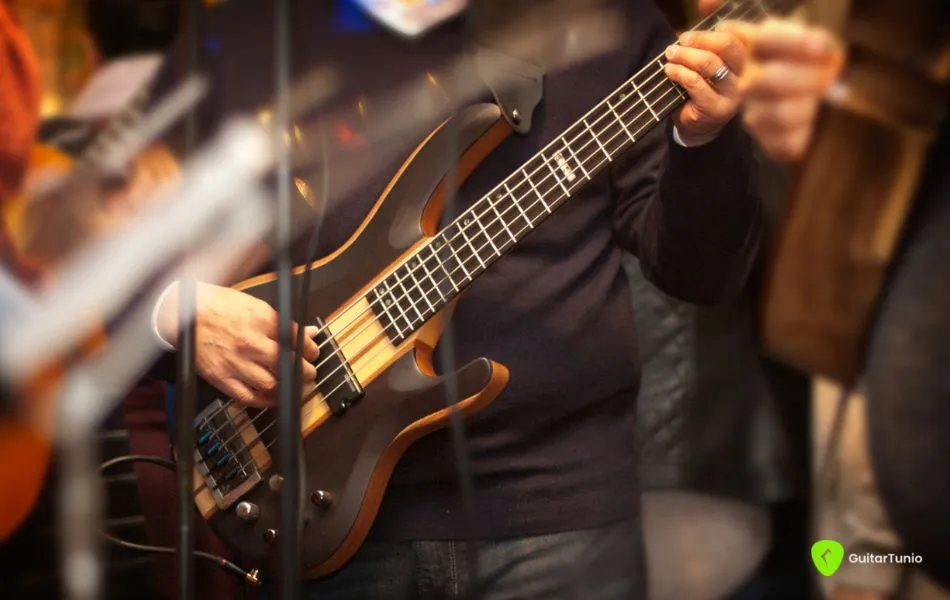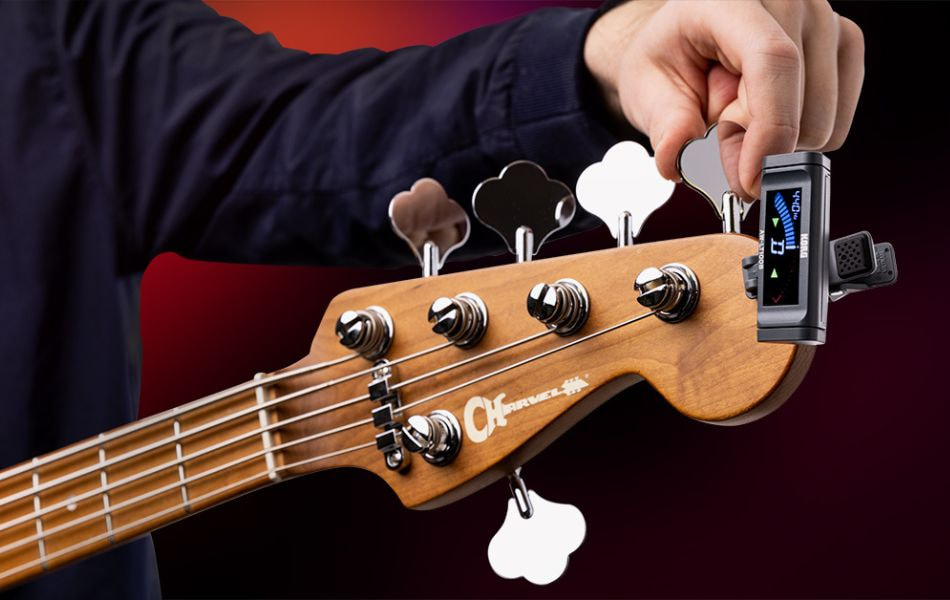Exploring The Distinctions Among Different Types Of Ukulele
Exploring the distinctions among different Types of ukulele, we delve into the fascinating world of ukuleles, where size, shape, and tuning converge to create a tapestry of musical possibilities. From the diminutive soprano to the majestic baritone, each type of ukulele offers its own unique sonic palette and playing experience. Join us as we navigate through the intricacies of ukulele classification, uncovering the nuances that distinguish one type from another, and discovering the perfect ukulele to suit your musical aspirations.
Different types of ukulele
The traditional types and sizes of ukulele
The four main types of ukuleles: soprano, concert, tenor, and baritone.
Each type differs in size, scale length, and tuning, which can affect the overall sound and playability of the instrument.

Novelty ukulele types
- Bass Ukuleles
- Banjo Ukuleles
- Novelty Pineapple Ukuleles
Characteristics of the ukulele types
The distinction between the size and classification of ukuleles primarily revolves around tone. While most ukuleles share the same stringing and tuning, their unique sound profiles are determined by the volume of sound produced and the tonal qualities of each note.
Smaller ukuleles such as sopranos and concerts typically exhibit the characteristic bright, plinky sound associated with the instrument, whereas larger tenor and baritone ukuleles offer greater resonance and depth to each note as it resonates within their larger bodies.
It possesses the distinctive, quintessential ukulele sound, characterized by its melodic and whimsical qualities. Soprano ukuleles usually feature 12 frets and offer a range of just under two octaves.
Soprano ukuleles
Soprano ukuleles are the smallest and most traditional type of ukulele, known for their compact size and classic sound. With a scale length typically around 13 inches, soprano ukuleles produce a bright, cheerful tone that is synonymous with the instrument.
They are popular among beginners and enthusiasts alike due to their affordability, portability, and iconic ukulele sound. Soprano ukuleles are often favored for playing traditional Hawaiian music and folk songs, but they can also be found in a wide range of musical styles.

Concert ukuleles
Concert ukuleles are a slightly larger type of ukulele compared to soprano models. They typically have a longer scale length, around 15 inches, which results in a slightly fuller sound compared to soprano ukuleles. Concert ukuleles maintain the classic ukulele sound but offer a bit more depth and resonance due to their larger size.
With their increased fret count, usually around 15 to 20 frets, concert ukuleles provide a wider range for playing melodies and chords. They are popular among players who appreciate the portability of the ukulele but desire a slightly richer and more versatile sound than what soprano ukuleles offer.
Tenor Ukuleles
Tenor ukuleles represent a larger variant within the ukulele family, known for their extended scale length which typically ranges from 17 to 19 inches. This increased size results in a deeper and richer sound compared to soprano and concert ukuleles. Tenor ukuleles are favored by many performers for their versatility, offering a balance between portability and a more guitar-like resonance.
With a higher fret count, usually around 17 to 19 frets, tenor ukuleles provide ample room for playing complex melodies and chords. They are popular among players who appreciate the ukulele's distinct sound but desire a more robust and expressive instrument.
Baritone Ukulele
Baritone ukuleles are the largest members of the ukulele family, characterized by their notably longer scale length, which typically ranges from 19 to 21 inches. Unlike the smaller ukuleles, baritones are often tuned differently, typically to DGBE, which is similar to the top four strings of a guitar.
This tuning results in a deeper, more guitar-like sound, making baritone ukuleles popular among musicians seeking a unique blend of ukulele charm and guitar resonance. With their larger bodies and longer scales, baritone ukuleles offer a wider range and fuller sound, making them well-suited for both solo performance and accompanying other instruments.








